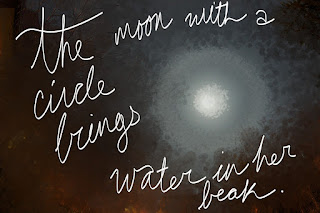Bibliography
Cray , Ed. “Full Moon Cult Murder.” Western Folklore , vol. 22, no. 3, 1963, pp. 204–205, JSTOR , www.jstor.org/stable/1498722. Hadley , Lizzie M. “Moon Myths .” The Journal of Education , 1910, p. 98. JSTOR , www.jstor.org/stable/42821670. Kotler, Burt P., et al. “Moonlight Avoidance in Gerbils Reveals a Sophisticated Interplay Among Time Allocation, Vigilance and State-Dependent Foraging.” Proceedings: Biological Sciences , vol. 277, no. 1687, 2010, pp. 1469–1474. JSTOR , www.jstor.org/stable/41148670#metadata_info_tab_contents. Lilienfeld, Scott O., and Hal Arkowitz. “Lunacy and the Full Moon.” Scientific American Mind , vol. 20, no. 1, 2009, pp. 64–65., doi:10.1038/scientificamericanmind0209-64. Mockler, W. E. “Moon Lore from West Virginia.” Folklore , vol. 50, no. 3, 1939, pp. 310–314. JSTOR , www.jstor.org/stable/1256921. Thakur, C. P., and Dilip Sharma. ...
